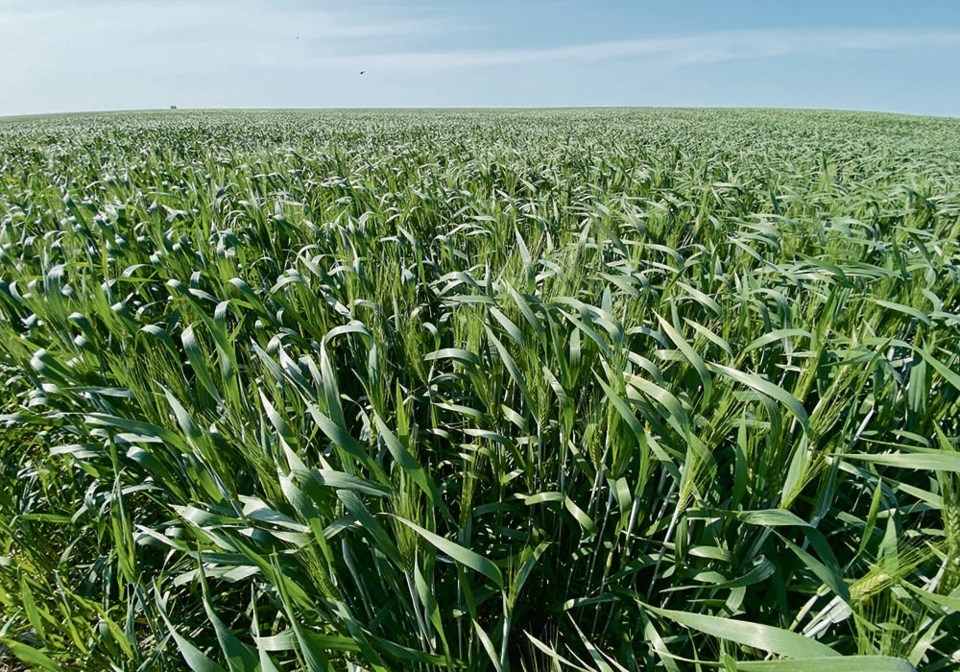SASKATOON — Durum markets are waiting with bated breath to see how big of a crop Türkiye produces.
The Turkish Flour Industrialists Federation is forecasting 20 million tonnes of total wheat production, down two million tonnes from last year.
That total includes durum, but there is no breakdown by class.
Rossella Polito, an Italian durum farmer who posts as @spiga_dorata on the X social media platform, said it is too early to forecast Türkiye’s crop size.
“Until harvest is finished in the key area of Central Anatolia, where weather conditions were far from optimal, and other smaller durum wheat producing areas, I would use great caution in forecasting Türkiye’s total durum wheat crop,” she said in a recent post.
Türkiye upended durum markets this crop year by exporting 1.5 million tonnes between June 2023 and January 2024. That blindsided the market because the country typically doesn’t export any durum.
The U.S. Department of Agriculture is forecasting 4.4 million tonnes of Turkish durum production and two million tonnes of exports in 2024-25.
That fits with recent comments from the president of the Turkish Pasta Industrialists Association, who is forecasting 4.9 million tonnes of production and two million tonnes of exports, according to another post from Polito.
Neil Townsend, chief analyst with GrainFox, said that although this year’s Turkish export program might be larger than last year’s, it probably won’t have the same negative price impact.
“(It) might not be as disruptive just because now it’s sort of expected and it’s in the market,” said Townsend.
He believes the Turkish government intends to continue allowing pasta manufacturers to make pasta for export out of non-durum wheat, freeing up farmers to sell their durum abroad.
COCERAL is forecasting 7.27 million tonnes of European Union durum production, with a better crop in Spain offsetting poorer production in Italy. Production will be down one per cent from last year.
However, there could be some serious quality problems with France’s crop.
“It has just been pounded with rain for most of the season,” said Townsend.
He has heard that Russia is expecting two million tonnes of production, which would be a large crop.
“They’ve always grown some durum, but traditionally it has been in a place where it’s hard to get to the markets,” said Townsend.
“For some reason, now it’s coming out to the markets.”
Russia shipped 465,299 tonnes of durum to the EU in 2023.
“I have been around durum for a long time, and I was surprised by the volumes that the EU took,” said Townsend.
That new trade flow is expected to shut off on July 1 when the EU implements punitive duties on imported Russian grains and oilseeds.
However, he wonders if Russian durum will find a backdoor route to the EU via Türkiye if it lifts its wheat import ban Oct. 15, which is shortly after the Russian crop is harvested.
“How much of what Türkiye exported last year was actually Russian durum?” he wonders.
Alternatively, Türkiye could import Russian durum and use it domestically while exporting its own supplies.
Türkiye imported 5.33 million tonnes of Russian wheat in 2023-24, according to the USDA’s Foreign Agricultural Service (FAS). It represented 83 per cent of the country’s total import program that year.
It is unclear if any of that was durum.
North Africa will also likely be interested in Russian durum, which is cheaper than product from Italy or Canada, said Townsend.
The growing season in Morocco and parts of Algeria was a “borderline disaster,” but he doesn’t know if those countries have phytosanitary agreements in place with Russia.
The FAS reports that no Russian wheat of any kind made its way to Morocco in 2023-24.
That is not the case for Algeria, where Russia has quickly become the leading supplier of bread wheat over the past few years,
although it does not appear to be shipping durum to that market, according to the FAS.
Contact [email protected]



